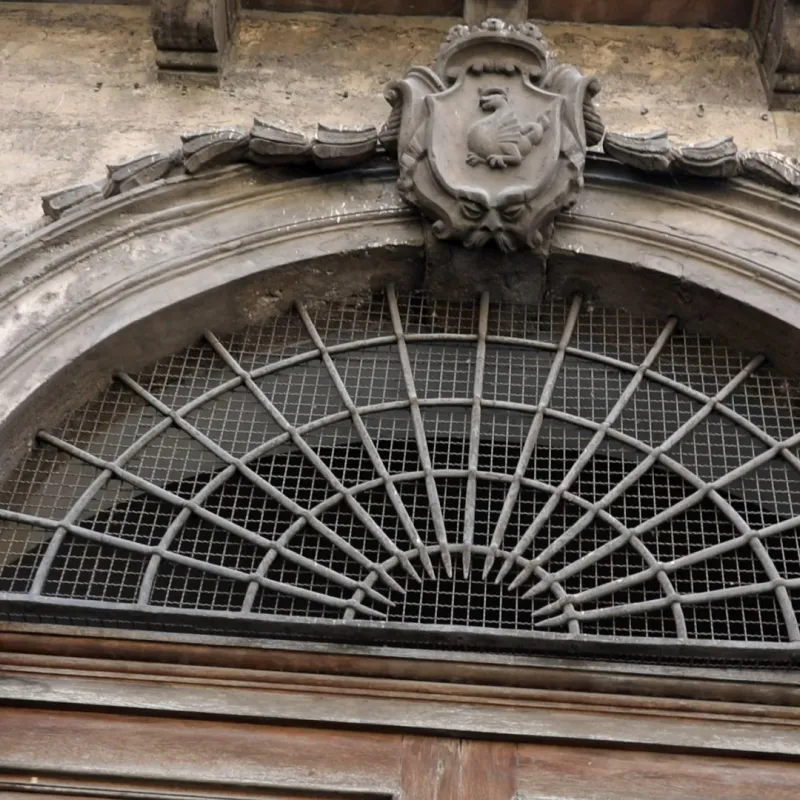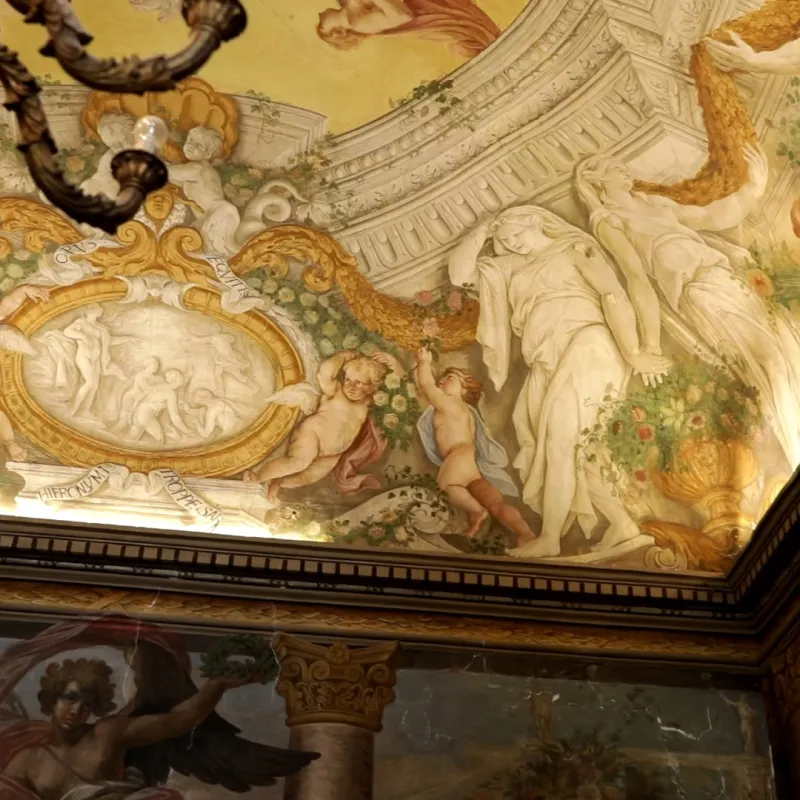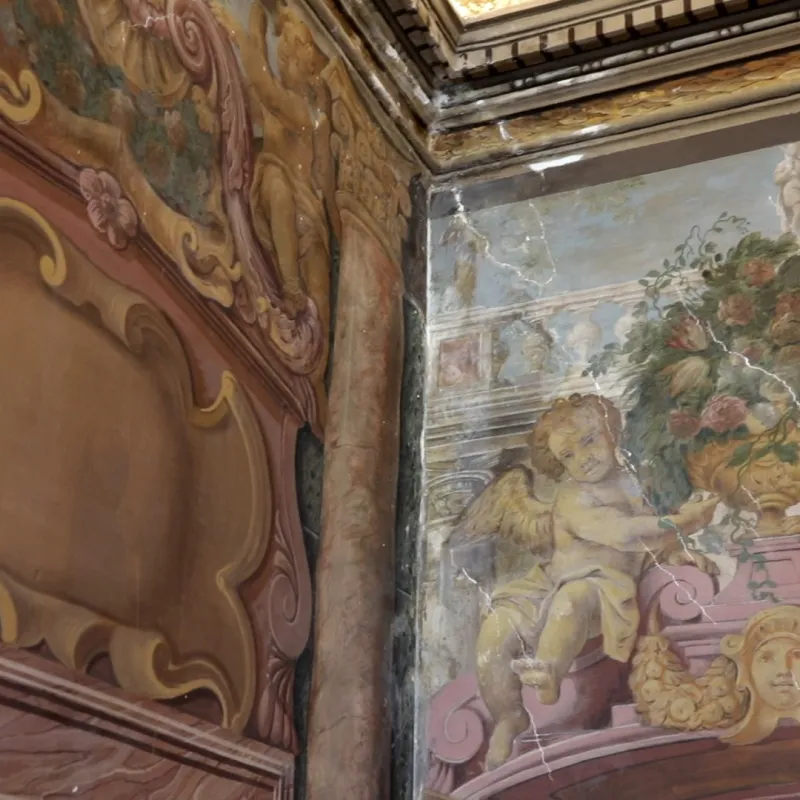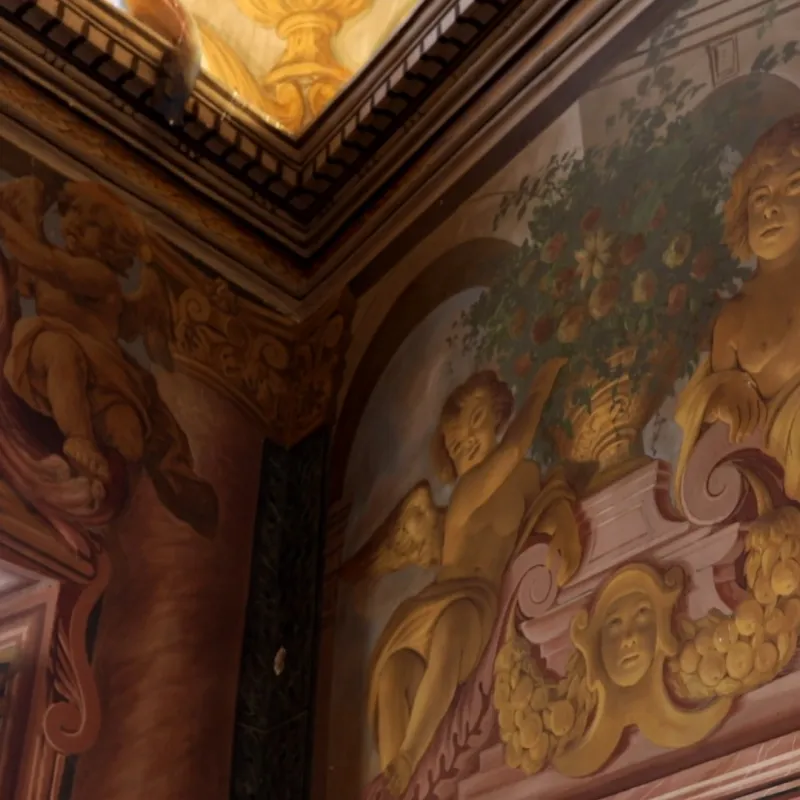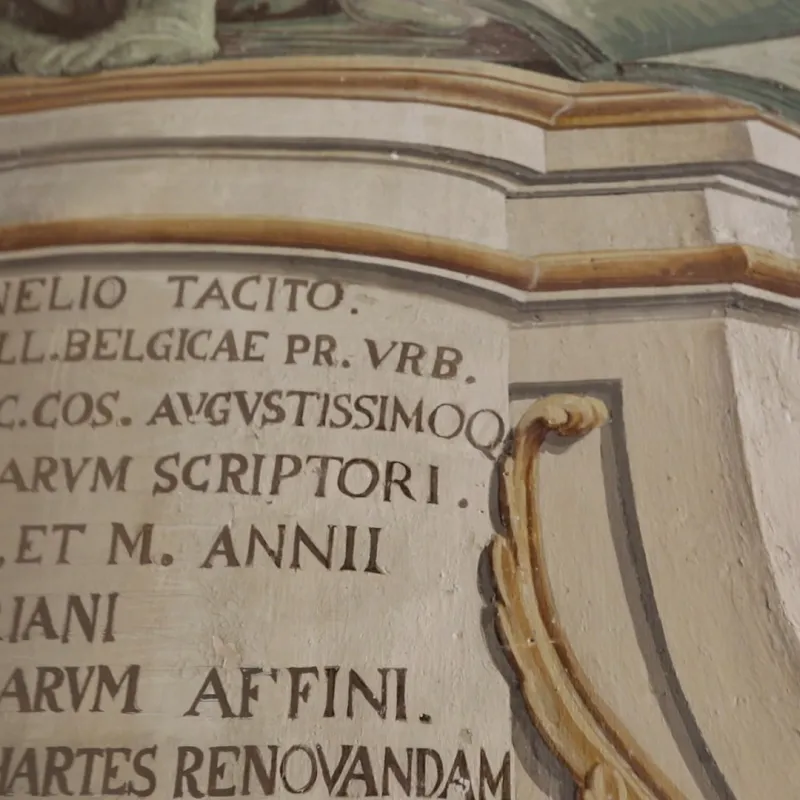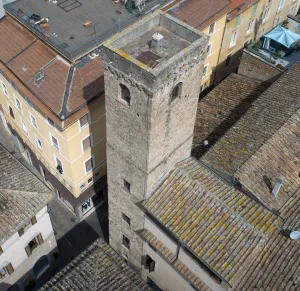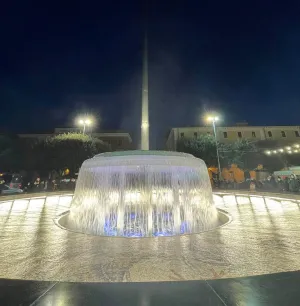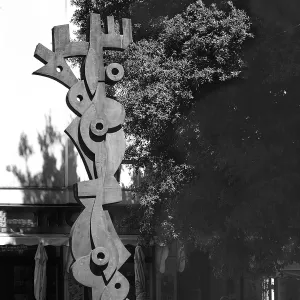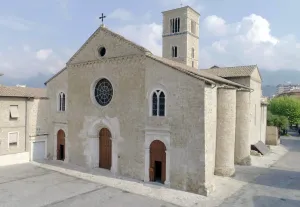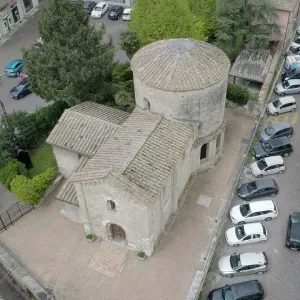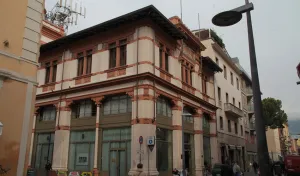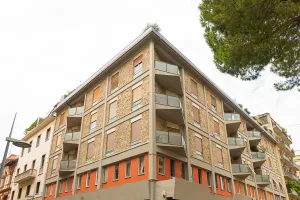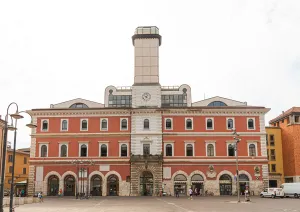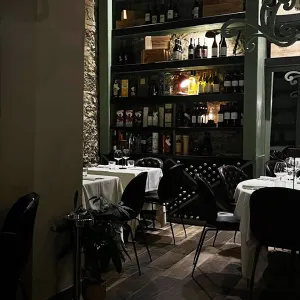Palazzo Carrara
A great mystery surrounds the fate of the Carrara family (one of the most illustrious families in Terni in past centuries), whose memory lives on thanks to the presence of a building that was particularly "present" in the historical-administrative events of Terni. But nothing is known about the family.
It is known that Francesco Carrara began construction of the Palazzo in 1378 and it is also known that, considering the size of the building, it was a wealthy family, but there is no mention of priors or prominent members of society with this surname in official documents.

The Palazzo was built a short distance from the ancient Flaminia road which crossed the city, near important places of power, behind Palazzo dei Priori (which stood where the municipal theatre is located) and near the church of St Peter. A temple whose apse is practically opposite Palazzo Carrara, but which was not the church of the Carrara family. They were the protectors of the old church of St Joseph (visible today near the city market), which they reached by walking along the atrium corridor of their building and across the garden and vegetable gardens.

Rather than just a single Palazzo in the 15th century, you stood before a building that took on the role and the appearance of a kind of agglomeration in its own right, since close to the family building, several other buildings had been constructed to accommodate the people who worked for them. But how they got rich, where they came from and what happened to them remains unknown.
The building, of which part of the painted plaster in the attic remains, underwent a series of renovations in the period from the 16th to the 18th centuries. Inside frescos by Troppa (Apollo and Daphne) and other artists of the period can be admired. This building also suffered severe wartime damage.
After the extinction of the Carrara family, the Municipality of Terni took over the building which once housed the town hall and later the public library, the municipal archaeological collection and the town prison up to a few decades ago.
After renovation, it has recently been used as municipal offices.
